An Inescapable Pattern: Octavia E. Butler's "Patternmaster"

The anthropologist David Graeber, in his essay “Dead zones of the imagination”, writes of “lopsided structures of the imagination” that emerge under conditions of inequality. The oppressed, he writes, are required to spend much of their time imagining and interpreting what their oppressors are thinking about. But this doesn’t go both ways: the powerful spend very little time thinking about the inner lives of the powerless. He describes a high school creative writing exercise in which students are asked to imagine themselves as a person of the opposite sex:
The results, apparently, are uncannily uniform. The girls all write long and detailed essays that clearly show they have spent a great deal of time thinking about the subject. Usually, a good proportion of the boys refuse to write the essay entirely. Those who do make it clear they have not the slightest conception what being a teenage girl might be like, and deeply resent having to think about it.
This practice, of imagining oneself into the viewpoint of one’s oppressor, is taken to an extreme in Octavia E. Butler’s Patternmaster (1976): a novel by a Black woman, written exclusively from the viewpoint of a man in the dominant class of a slave society.
The world of Patternmaster is Earth’s distant future. Here, humans have split into three races: the telepathic Patternists, their enslaved ‘mutes’, and the bloodthirsty, animalistic Clayarks. The Patternists live in a network of small feudal communities called Houses, where they are strictly ranked according to their psychic strength. The weaker Patternists dominate the mutes, and are in turn dominated by their Housemasters. But a Housemaster only rules as long as he can defend his title, and lives under constant threat from inferiors hoping to supplant him. At the top of the pyramid is the Patternmaster himself, who draws upon the strength of the entire Patternist society to defend against invasions by the Clayarks.
We are introduced to this harsh world through the eyes of Teray, a young Patternist emerging from the shelter of childhood. Teray is the son of the current Patternmaster, though they have never met. Soon after becoming an adult, he is forced against his will into the household of his older brother Coransee.
Coransee hopes to succeed the throne when their father dies, and he wants assurances that Teray will not challenge him when the time comes. Teray insists (honestly at first) that he is not interested in becoming Patternmaster. But he will not give Coransee what he wants: full access to Teray’s mind, which will allow Coransee to plant mental controls that prevent Teray from ever challenging him.
Trapped in this household, Teray becomes both slave and slave-master. On the one hand, he is psychically brutalised by Coransee, and his wife is forced to become Coransee’s concubine. On the other, Teray is assigned the role of mute-herd, caring for and controlling the House’s mute population. He is at once highly privileged (the mutes take care of all labour, leaving the Patternists ample time for leisure) yet also violently oppressed.
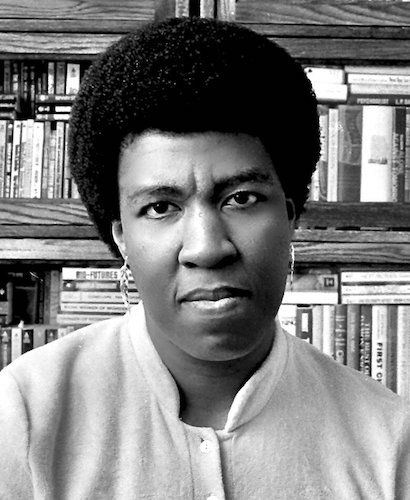
There is a theatrical quality to the text, a hint of Greek tragedy. More than half the book takes place in Coransee’s household, and most of the scenes are built around dialogue rather than action. The prose is thin, textureless, and abstract. Physical descriptions are rare and extremely brief. Here is all we get when we first see Coransee’s House: “It was a four-storey mansion, columned, ancient, ornate, surrounded by well-landscaped grounds and flanked by outbuildings.” Hardly a vivid picture. Even the fight scenes are ungrounded, as they take place mostly in the psychic realm.
It would be tempting to dismiss this as simply the weak writing of a debut novelist. But there is a logic behind this style choice that slowly becomes apparent. The abstraction of the prose reflects the abstracted ideology of Patternist society. Psychic power is everything to them. Bodily things, physical things, are an afterthought.
Said Butler of her own work: “I began writing about power because I had so little.” In Patternmaster, psychic strength represents power in its rawest form: abstract, invisible, untouchable yet touching upon everything.
Later we learn that the Clayarks, though seen as violent barbarians by the Patternists, actually possess a greater knowledge of technology: they use guns and construct devious booby-traps. The Patternists, by contrast, have regressed to a tech level around that of the Middle Ages. They have no need for modern medicine, since they can heal themselves with psychic power. Nor are they are interested in engineering or labour-saving devices, since it is easier to simply command their mutes to do everything. If steampunk (as the word is now commonly used) means a setting where everything is powered by steam, then Patternmaster could be called a humanpunk novel. Or, more bluntly: slavepunk.
The mutes are an Antebellum plantation owner’s dream: they work tirelessly, never flee or rebel, and are mentally programmed never to resist or even dislike their Patternist masters. A writer with a less firm hand would feel the need point a spotlight at the mutes right away: “Just to be clear, reader, I am aware that slavery is bad.” Butler doesn’t do this. Instead the mutes are pushed to the margins of the text. They stand in the background or perform menial tasks while the Patternists talk. Their enslavement is rarely mentioned and never, ever challenged.
For the first fifty pages, Butler remains fastidiously detached. Then, abruptly, she pulls the curtain back:
'Open,' said Amber. 'I'll give it to you all at once.’ […]
What she handed him made him feel as though he had suddenly been dropped into a cesspool. He digested the list of atrocities weakly, revising his thinking. He had thought Jason an animal for what he had done to Suliana. Now he knew that alongside some others, Jason could qualify as the House humanitarian. No one actually killed mutes, but certain of the outsiders and women made a grotesque game of coming as close to killing them as they could. Having two mutes fight each other, for instance, until one of them was so mutilated and broken that he could no longer control his body enough to fight on. Privileges and possessions were wagered on these fights. … There was an outsider who had researched ancient methods of torture and made a hobby of trying them on mutes. Another outsider took sexual pleasure in stabbing a mute with a kitchen knife several times.
Bodily suffering punches through the abstracted world like a fist through paper. The cruel underbelly of Patternist society is exposed. But: only for a moment. This is still a conversation between two Patternists. The mutes themselves remain mute.
If this were a 21st-century YA dystopian novel, here would be the point where Teray swears to free the mutes from bondage and put a stop to their abuse. But Butler is too subtle, and too pessimistic, for that. Teray does act to protect the mutes under his care (by maiming the man responsible for the worst abuses) but afterward, he soon returns to preoccupation with his own problems.
This is what makes Patternmaster such a grim and unrelenting novel: not that it contains any particularly shocking scenes of cruelty, but that it steadfastly refuses the reader any path out of the matrix of ideology and power.
No revolution is planned within these pages. Nobody stands up and Speaks Truth To Power. The best the powerless can hope for is that their next master will be a gentle one.
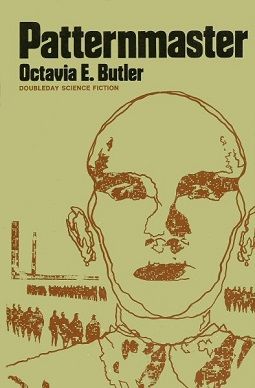
The latter half of the novel proceeds through ratcheting stages of tension, as Coransee and Teray draw ever closer to a final confrontation that neither of them wants. At times Coransee is almost regretful about his place in this succession drama. He repeatedly offers Teray a way out, even going so far as to give up his own House in exchange for a shot at the throne. Teray refuses, ready to die, but Coransee gives him more time to reconsider. And on it goes. Both would prefer to reach an accord, but the structure of their society forces them inexorably toward conflict.
When the battle comes at last, it begins in the abstract mental world of the Patternists:
The blow, not one of Teray’s hardest, bounced off Coransee’s shield. Teray struck again, testing the strength of the shield. It was like pounding with his fists against a stone wall… Coransee hit back, not testing Teray’s shield but trying at once to demolish.
Only at the end, when Teray strikes the killing blow, do we descend once more into the bodily realm:
Teray found himself suddenly disoriented. His head hurt. His head was exploding. He tried to reach up, clutch it between his hands. One of his arms would not work. He was going to be sick. He managed to turn his head so that he did not vomit over his own inert body. His mind was still working, still aware. In spite of the broken blood vessel in his brain, he was still conscious. He could still fight.
With his last strength, Teray swept through the struggling Housemaster's brain.
[…]
He did not know when Coransee's body went into violent convulsions. He did not know when Coransee's muscles contracted so violently that they snapped one of the Housemaster's legs. He did not know when Coransee bit off a large piece of his own tongue. He knew nothing until just before he lost consciousness completely. Only then did he realise that he had won. Coransee was dead.
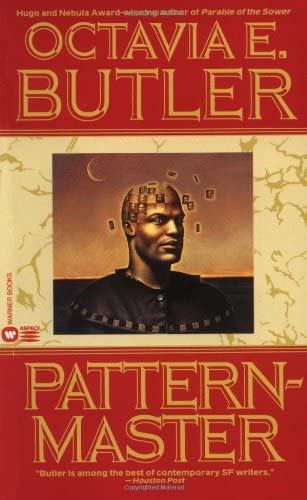
Teray’s victory is as close as Butler is willing to go to a happy ending. Teray is, undoubtedly, a kinder master than Coransee. He is honourable, thoughtful, and at least intermittently concerned with the welfare of his inferiors.
We may still be tempted to see this as a triumph of good over evil, or at least better over worse. But then the old Patternmaster, Rayal, Teray’s father, appears to give a near-monologue that concludes the book.
Rayal is old and injured. He is seeking an heir who can continue his war against the Clayarks. He now reveals he has been covertly supporting Teray, because Teray has “the right combination of abilities”. Unlike Coransee, Teray is able to heal telekinetically. A side effect of this is that he is able to kill Clayarks by triggering seizures in their brains rather than blowing out their hearts. The gain in efficiency means he can slaughter them by the hundreds rather than merely the dozens.
For Rayal, this is what matters about Teray’s ascendancy. Whether Teray will be a good leader, a gentle master, does not matter. Power matters. Coransee would have been a disastrous Patternmaster, not because he was greedy and callous, but because he lacked the technical skill required to prosecute war. And this is how the novel ends. The last word is Rayal’s, as he looks forward to letting go of life and allowing Teray to carry on his violent legacy.
In the world of Patternmaster, systemic change is unimaginable. The best the helpless can hope for is a new master, a new roll of the dice. In constructing such a world, Butler might be accused of a lack of imagination—an inability to envision a better future. But visions of a better world are also a privilege; a luxury the oppressed cannot always afford.

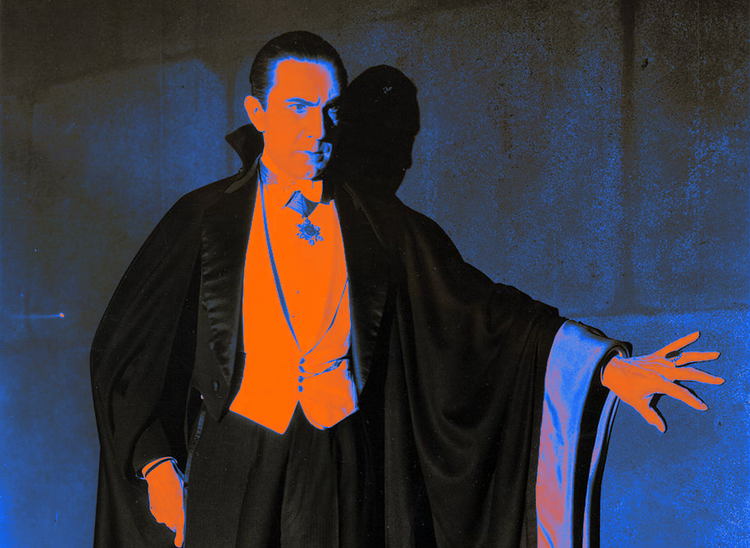
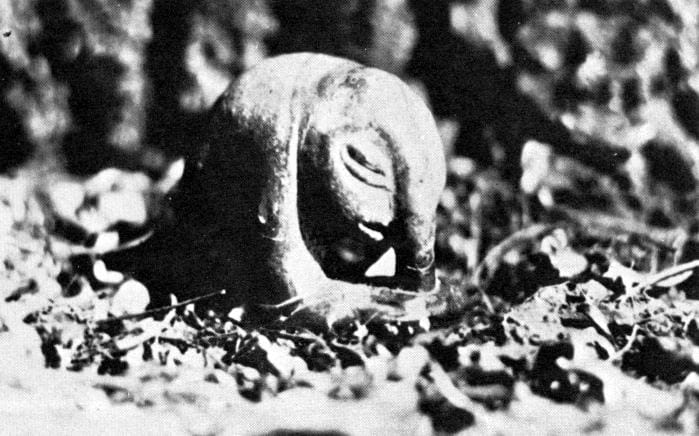
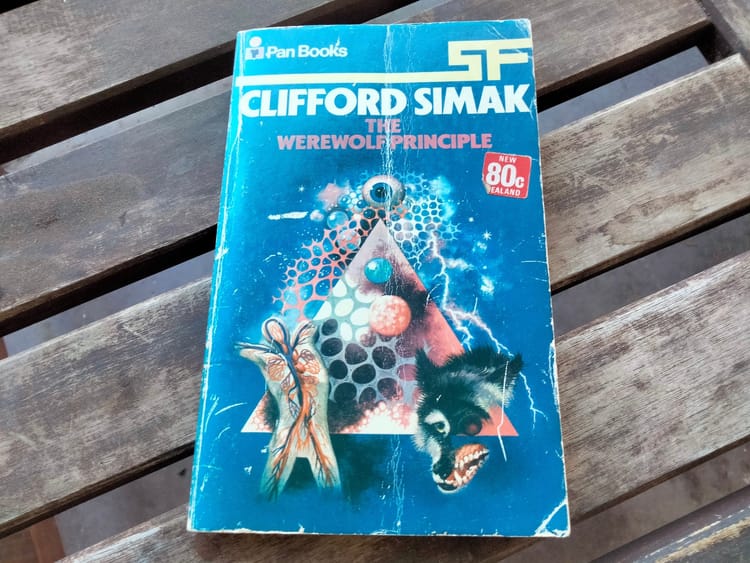

Member discussion